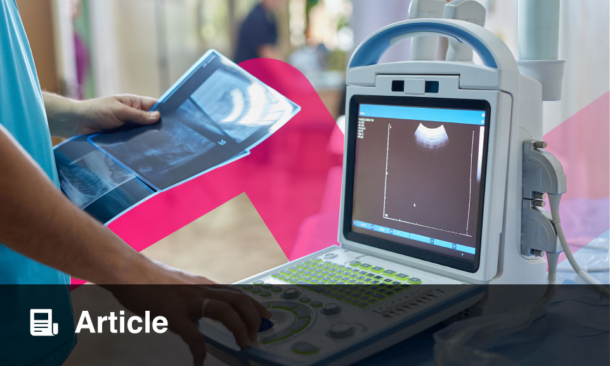A NOVEL artificial intelligence (AI) screening tool using a single echocardiographic video clip demonstrated excellent accuracy in detecting cardiac amyloidosis (CA), outperforming traditional clinical scores and maintaining high sensitivity and specificity across diverse patient groups.
Cardiac amyloidosis is a progressive and often underdiagnosed condition, with accurate differentiation from phenotypic mimics posing a significant challenge using current clinical and echocardiographic techniques. Early and precise identification is crucial for timely intervention and improved outcomes. This study evaluated the performance of a new AI-based screening algorithm designed to detect CA using only transthoracic apical four-chamber echocardiographic video clips.
The AI model was developed using a multisite, multiethnic dataset comprising 2,612 individuals, of whom 52% had confirmed CA. A convolutional neural network was trained to distinguish CA from phenotypic controls. For external validation, the model was tested globally across 18 sites, including 597 CA cases and 2,122 controls. After excluding 13% of cases with uncertain AI predictions, the model achieved an area under the receiver operating characteristic curve (AUROC) of 0.93, with a sensitivity of 85% and specificity of 93%. The model’s performance was consistent across CA subtypes: light-chain (sensitivity 84%), wild-type transthyretin (85%), and hereditary transthyretin (86%). Subgroup analyses in patients referred for technetium pyrophosphate scintigraphy and those matched for age, sex, and wall thickness showed robust results (AUROC 0.86–0.92, sensitivity 77–84%, specificity 86–91%). Notably, the AI model outperformed both the transthyretin CA score (AUROC 0.73) and the increased wall thickness score (AUROC 0.80) in patients with heart failure and increased wall thickness.
These findings highlight the potential of AI-driven echocardiographic screening to transform clinical practice by enabling rapid, accurate, and non-invasive detection of cardiac amyloidosis from a single video clip. The model’s high accuracy and generalisability suggest it could serve as an effective frontline tool, particularly in settings where specialist expertise or advanced imaging modalities are limited. Future research should focus on integration into clinical workflows, prospective validation in real-world settings, and assessment of its impact on patient outcomes and healthcare resource utilisation.
Reference
Slivnick JA et al. Cardiac amyloidosis detection from a single echocardiographic video clip: a novel artificial intelligence-based screening tool. European Heart Journal. 2025;ehaf387.








